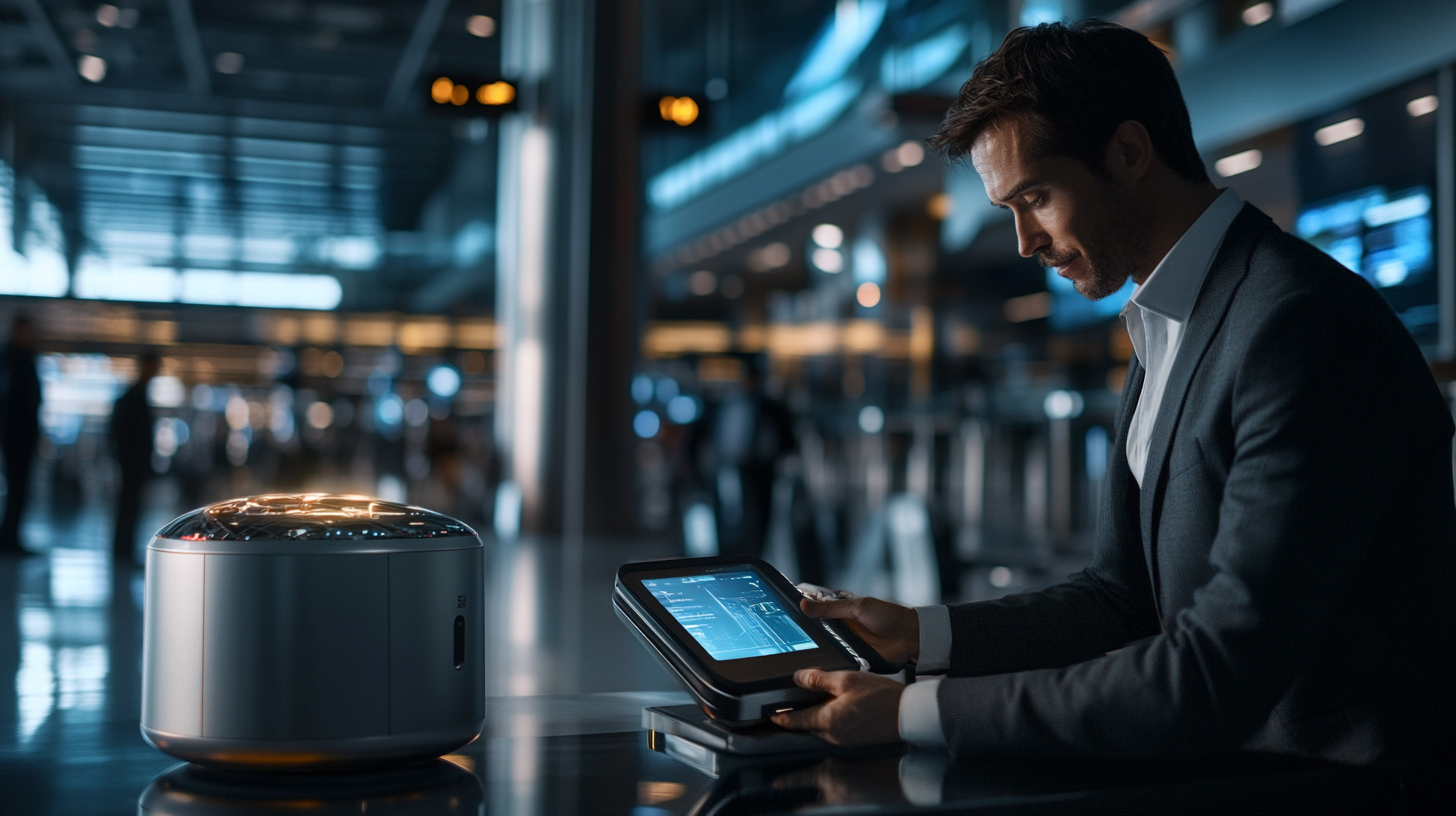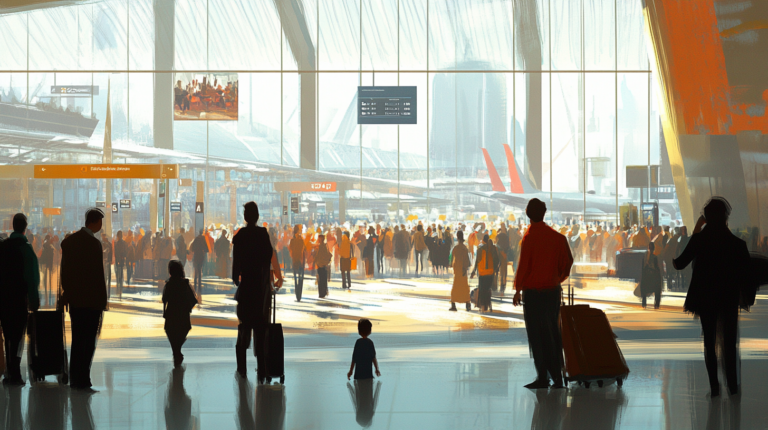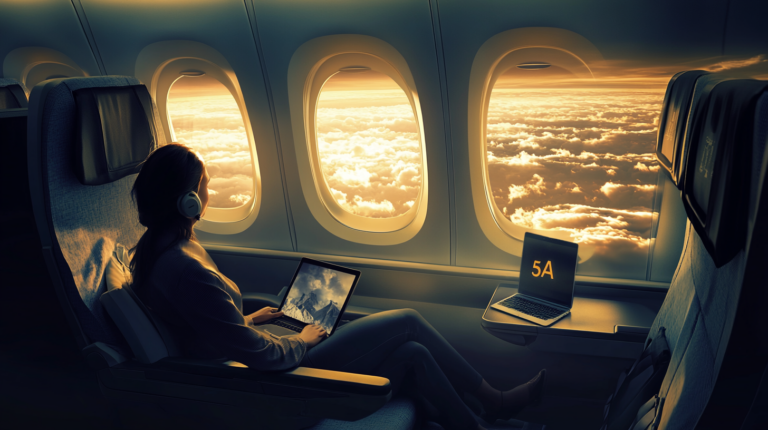5 Ways to Master Transient Travel for Corporate Success

From my vantage point, there’s something uniquely exciting about transient business trips—those swift, strategic journeys that pack in vital meetings and then wrap up just as quickly. In my own travels, I’ve noticed such corporate excursions often hinge on convenience, cost efficiency, and the peace of mind that comes from knowing you can work productively on the fly. According to a recent industry survey, many companies still dedicate up to 4% of their overall revenue to business travel, with 15–25% earmarked for hotel costs. This means there’s a real opportunity for hoteliers and travel managers to optimize short-stay bookings and enhance revenue potential, especially when armed with the right tech tools and negotiation tactics.
1. Understanding Transient Business Travel

I’ve observed that transient business travelers are partial to accommodations offering efficient check-in and a certain calmness after a long flight or a packed schedule. They tend not to spend too much time in the hotel, but they do value a clean room, consistent Wi-Fi speed, and proximity to business hubs. Hygiene standards have risen in client priority lists, and showcasing robust health protocols goes a long way in building confidence among these guests.
Beyond the basic conveniences, savvy transient travelers also look for special corporate rates or loyalty perks. A recent study suggests that about 62% of business travelers will switch their preferred hotel brand if a comparable property offers extra amenities or faster booking options. So any time I’m scouring the skies and landing in new cities, I see firsthand how valuable it is for hotels to remain flexible and up to date on what short-stay guests truly need, from contactless services to streamlined check-out processes.
Additionally, short-term business visitors often demand last-minute bookings. That means hotels and travel managers should be poised to handle sudden requests without compromising service. In my experience, a smooth digital reservation system—possibly with a mobile app—helps snag those urgent bookings, ensuring no seat (or room) goes unoccupied when it’s most needed.
2. Bringing Automation to the Forefront

Automation can be a game-changer. I’ve seen properties thrive when they use modern platforms that streamline RFP management, rate loading, and even content distribution across the most popular channels. This is especially helpful when I run comparisons between hotel programs during my trip planning. According to industry data, many Fortune 500 travel managers now require hotels to work with automated solutions that ensure corporate compliance while saving time and money.
These systems, like Cvent Travel, simplify the entire sourcing process. They benchmark current market rates in real time, provide compliance checks, and help finalize deals all under one robust interface. From my perspective, that kind of efficiency can be a lifesaver: you’re not stuck emailing back and forth at midnight, trying to resolve contract fine print. Instead, you can focus on what truly matters—providing an excellent guest experience.
In my own travels, I appreciate hotels where everything from the initial booking to receiving my room key can be painlessly managed. Automated platforms get rid of so many obstacles for both property managers and travelers alike, and they free up staff to devote their energies to more personal touches. Whether it’s a faster check-in or a well-organized loyalty program, automation often lays the groundwork for flawless service.
3. Turning Safety Measures into Competitive Advantages

With today’s business travel environment shifting rapidly, there’s no denying the critical role of safety. I’ve noticed more and more travelers actively hunt for hotels that visibly prioritize contactless check-in, rigorous cleaning protocols, and flexible cancellation policies. A healthy traveler is a loyal traveler, and that’s a mantra I’ve seen echoed in business forums and traveler communities alike.
For hotels, one effective strategy is transparency. Posting clear guidelines, offering virtual tours, and openly displaying cleaning certifications instill trust. Hoteliers that prominently feature these precautions often see higher booking rates. In my own experience, it’s reassuring to arrive at a property and notice the staff wearing protective gear or see how well-spaced the lobby is.
Combining these efforts with strong digital marketing—especially search engine optimization (SEO)—means more visibility. Think about it: a manager booking a last-minute meeting venue will likely pick a property whose safety credentials pop up at the top of their search results. That’s a big reason why expanding your online footprint with detailed, accurate content is more than just a branding exercise; it’s a strategic move that resonates with conscientious travelers.
4. Capturing the Bleisure Boom

I’ve also encountered the rise of “bleisure” travelers: folks who extend a work trip into a brief vacation. This hybrid model is particularly popular with millennials and Gen Z professionals looking to maximize every journey. Properties that excel at blending corporate-savvy amenities—like co-working spaces or reliable broadband—with leisure perks—like spa services or scenic views—tend to spark positive buzz in traveler networks.
When I room at a hotel that understands bleisure needs, it feels like a seamless shift from finishing up a day of client meetings to enjoying a leisurely dinner downtown. Flexible check-in and check-out times, local excursion deals, or even just the promise of a nice rooftop lounge can make a big impact. A well-structured loyalty program that rewards blending work and leisure also draws in those of us who frequently pair productivity with relaxation.
To manage this dual-purpose crowd effectively, hotels can use integrated CRM systems. These platforms track a guest’s personal preferences—room locations, dietary restrictions, or even the best vantage points. Then they can tailor marketing to create an experience that merges business and pleasure. From my perspective, that’s a surefire way to captivate frequent flyers eager to relax after a week of presentations.
5. Balancing Group and Transient Bookings

I’ve had discussions with industry friends who constantly juggle group events—like conferences or conventions—against the profitability of individual transient travelers. Balancing both can be tricky, but I’ve seen it yield substantial rewards. There’s software that runs displacement analyses, quantifying how much revenue your property might lose—or gain—if you focus on a large event instead of multiple short bookings.
Those calculations also consider ancillary income, like meeting-room rentals or catering. While big events bring volume, they can tie up resources and block inventory for days. Transient bookings, on the other hand, allow flexibility and consistent occupancy. During seasons of high demand, figuring out which approach offers the better margin is an art I still marvel at.
Seasonality is also a major factor. In my own travels, I’ve seen highly sought-after business destinations shift dramatically between conference seasons and quieter times. A dynamic strategy—one that tracks group commitments but keeps flexible inventory open for short stays—can secure solid numbers year-round. That’s the sweet spot where hotels maintain a balanced approach, keep occupancy stable, and remain profitable.
Final Thoughts

Mastering transient travel can be both a practical and personal journey for hotels and travel managers. From my perspective, weaving together the right blend of automation, safety, and bleisure amenities effectively speaks to the evolving demands of quick-turnaround work trips. By optimizing the booking experience, unveiling transparent health measures, and keeping some inventory ready for short-notice stays, you can seize new revenue opportunities.
Recognizing where transient needs meet meaningful guest relationships is key. Whether in bustling downtown areas or near airports, properties that respond quickly and adapt their offerings will stand out from the crowd. As we progress through 2025, the companies that master these transient strategies can look forward to a steady stream of return visits and positive word-of-mouth in the travel community.
Ryder’s Take
The thrill of gliding from city to city for swift business meetings never gets old if done right. I’ve observed that the best experiences in transient travel often come down to thoughtful details like comfortable seats, quick digital check-ins, and staff who genuinely seem to enjoy making your stay hassle-free. Keep honing those practical techniques, and you’ll keep those itinerant professionals coming back for more.
Even in a high-speed corporate world, there’s always time to pause and make each trip a bit better than the last. After all, both travelers and hosts benefit from a welcoming environment where work and relaxation coexist seamlessly.






